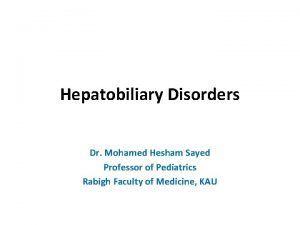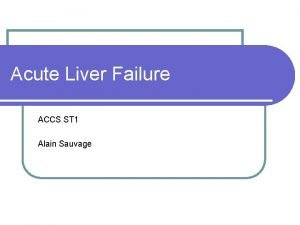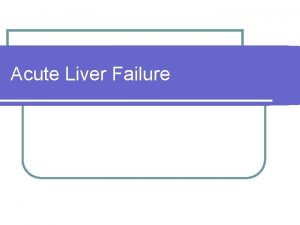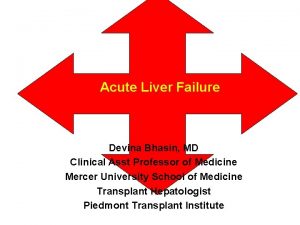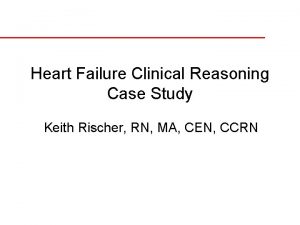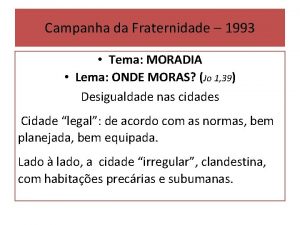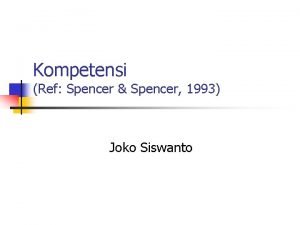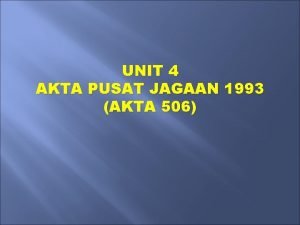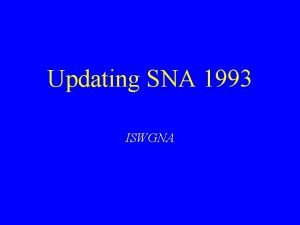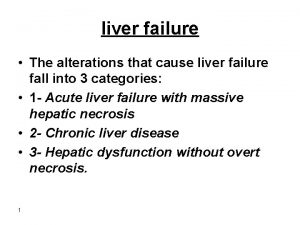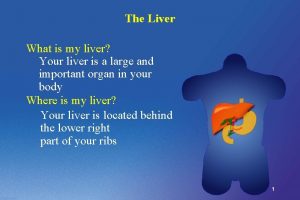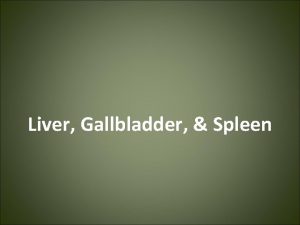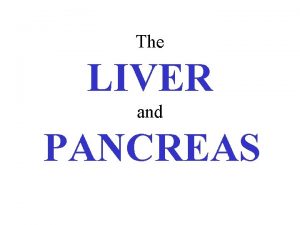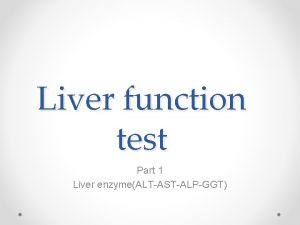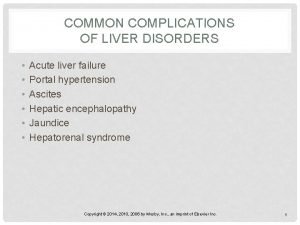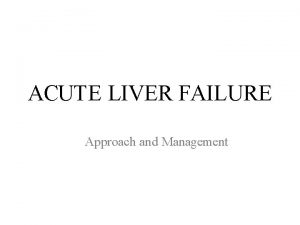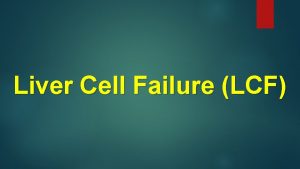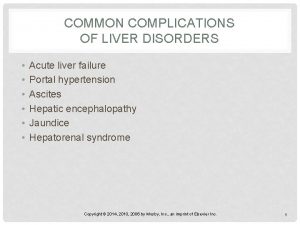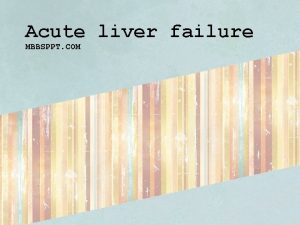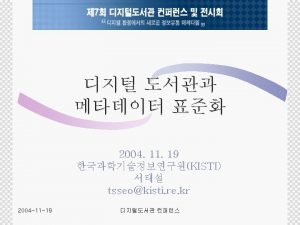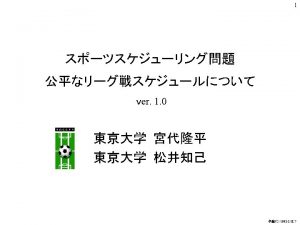Liver Failure Reishtein J 1993 Liver Failure Case
























- Slides: 24

Liver Failure Reishtein, J. (1993). Liver Failure: Case Study of a Complex Problem. Critical Care Nurse, October.

Liver Functions • Storage- glucose, iron, vitamins • Conversion 1) 2) 3) 4) Fructose, glycogen, amino acids and fats Formation of clotting factors Formation of cholesterol Ammonia to urea glucose • Secretion into bile- bilirubin • Detoxification 1) 2) 3) 4) Bacteria Modifies many drugs to make pharmacologically active Breaks down many drugs for excretion Catabolizes hormones: steroid hormones, thyroxine

Situation • 50 y/o female brought to ED by husband after having “a fit” • Thin and jaundiced with palmar erythema • Oriented x 3 • Responses were lethargic and answers were rambling

What is “fit” • Question husband further about what he means by fit • You can ask him to describe wife’s behavior during the episode Husband was describing a seizure On

Physical Assessment • Liver firm, non-tender, enlarged to 5 cm below the costal margin

Physical Assessment Cont’d Palmar erythema Caused by the livers lack of ability to convert hormones. Abnormal levels of estradiol occur

Physical Assessment Cont’d Jaundice Scleral icterus

Physical Assessment Cont’d • Lungs had scattered rhonchi • CXR indicated aspiration pneumonia

Lab Results • ABG- mild hypoxemia and respiratory alkalosis with metabolic compensation • Potassium 2. 8 • Bilirubin= 2. 4 • Ammonia = 70 • PT= 20 & PTT=45 • Platelets 50 • WBC 15 • Creatinine= 1. 8 • Abnormal EEG

Normal Values • • Normal PTT Bilirubin Ammonia 11 -13. 5 around 30 -32 0 -1. 3 9. 5 -49

PMHX • ETOH abuse • Ascites • Injuries from falling

Background • Long history of alcohol abuse • Periods of abstinence after hospitalizations • Went on a 3 day binge which ended 2 -3 days before admission

Admitted to your floor What problems is she most at risk for? Bleeding Further Aspiration Sepsis Further seizures Respiratory arrest

Course • First night pt had vivid hallucinations and became disoriented • Next morning pt was more lethargic and difficult to arouse What do you do next? Call the provider; this is a change in condition

Response • Transfer to ICU for closer monitoring What were her priorities at this point in time? Respiratory and neurologic problems

New Orders • Place NG tube and start low protein/low Na feedings • Neomycin • Lactulose

Case Progression • Before treatment stopped the progression of encephalopathy, the pt suffered a cardiac arrest and was intubated Why do you think she had a cardiac arrest? It was thought to be ethanol-induced cardiomyopathy exacerbated by electrolyte disturbances

Patient remains comatose • Despite therapy her ammonia was 55 • Poor perfusion exacerbated her hepatic failure o Daily girth measurements showed the ascites to be increasing rapidly o During the third week, paracentesis was performed twice to relieve respiratory distress secondary to pressure on the diaphragm

Continued • Kidney function declined steadily o Urine turned dark brown o Progressively decreased output • HRS occurred during the fourth week of hospitalization o Saline infusion for volume expansion was not effective because she was not hypovolemic

• Hemodialysis is considered ineffective for HRS • CRRT might have gotten her by until transplant but she was not a transplant candidate • The ascites precluded peritoneal dialysis

Worsening Coagulopathy • PTT increased to >100 & PT > 50 seconds What nursing diagnosis is appropriate?

Risk for bleeding • Special care when performing venipuncture • Skin care and oral hygiene performed with extra gentleness • Tracheal suctioning kept at absolute minimum

Result • By the third week sputum was frequently pink or bloodtinged

Case Closure • Pt died 4 weeks after admission • Never woke from the hepatic coma
 Portal hypertension definition
Portal hypertension definition Alain sauvage
Alain sauvage Rifaximin in liver failure
Rifaximin in liver failure Transaminitis definition
Transaminitis definition Cushings triad
Cushings triad Fracture theory
Fracture theory Ventricular escape rhythm
Ventricular escape rhythm Failure to sense
Failure to sense Best case worst case average case
Best case worst case average case Erp implementation failure a case study
Erp implementation failure a case study Nasa case study
Nasa case study Crm failure case study
Crm failure case study Keith rn heart failure case study
Keith rn heart failure case study Patriot missile
Patriot missile National advisory committee 1993
National advisory committee 1993 Spencer and spencer 1993
Spencer and spencer 1993 Campanha da fraternidade 1993
Campanha da fraternidade 1993 Pengertian komunikasi menurut taylor 1993
Pengertian komunikasi menurut taylor 1993 Spencer and spencer
Spencer and spencer Akta 506
Akta 506 Ley 87
Ley 87 Halliday 1993
Halliday 1993 Sna 1993
Sna 1993 Otkup starih novcanica iz 1993
Otkup starih novcanica iz 1993 Windows nt 1993
Windows nt 1993
